As a lifelong cat lover and the founder of CatCareLab, I’ve spent countless hours researching, observing, and even debating one question that keeps cat parents up at night: How many times should I feed my cat each day? Let’s cut through the noise. Your cat’s feeding schedule isn’t just about filling a bowl—it’s about aligning with their biology, preventing obesity, and nurturing trust. Forget vague advice like “feed when they’re hungry.” We’re diving into peer-reviewed science, veterinary guidelines, and real-world observations to craft a plan that works for your feline.
Why Feeding Frequency Matters More Than You Think
Cats are obligate carnivores with a digestive system fine-tuned for small, frequent meals. In the wild, a cat might hunt 10–20 times daily, nibbling on prey to match their high-protein, low-carb needs. Domestic cats? They’re stuck with us—the ones holding the can opener. But here’s the kicker: A 2022 study from the Cornell Feline Health Center found that cats fed on a structured schedule had 30% fewer behavioral issues (like midnight yowling) and lower rates of diabetes compared to free-fed cats.
Yet, there’s no universal answer. A spry kitten’s needs differ wildly from a senior cat with arthritis. Let’s break it down.
Age Matters: From Kittenhood to Golden Years
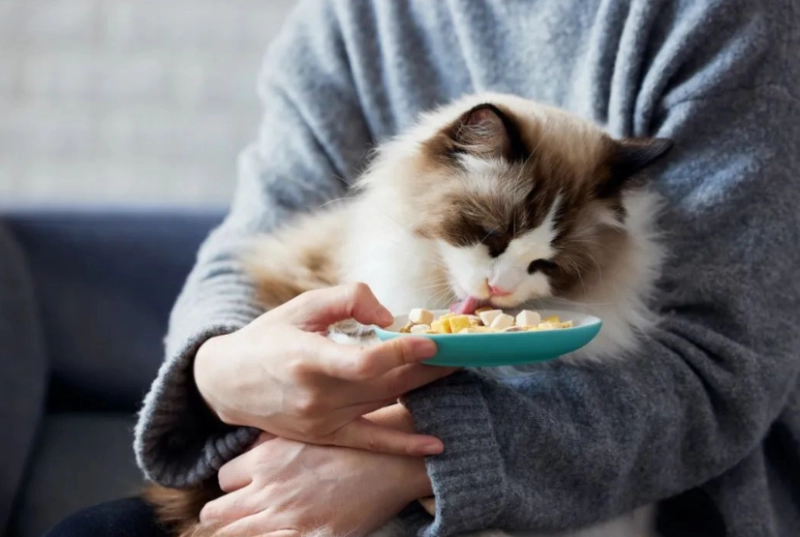
Kittens (0–12 Months): Feed Like a Lion Cub
Kittens burn calories like tiny furnaces. The American Association of Feline Practitioners (AAFP) recommends feeding kittens 4–6 small meals daily until six months old. Why? Their stomachs are the size of walnuts, and their growth requires constant fuel. A 2021 Tufts University trial showed kittens fed four times daily reached healthy adult weights faster than those fed twice.
Personal tip: My rescue kitten, Mochi, turned into a food-obsessed tornado if meals were spaced beyond 4 hours. Splitting her daily 300 kcal into five meals kept her energy steady—and my curtains intact.
Adults (1–7 Years): Balance Routine and Flexibility
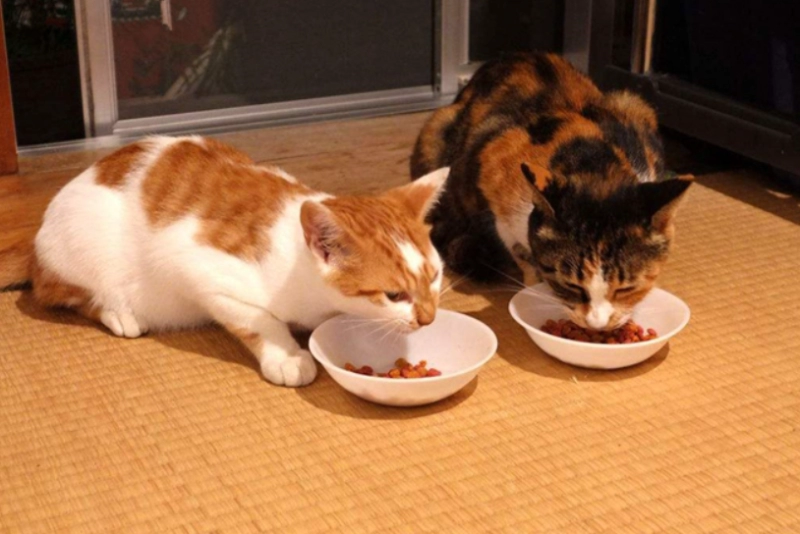
Most healthy adults thrive on 2–3 meals daily. But here’s the twist: Cats are crepuscular—most active at dawn and dusk. Align meals with these natural rhythms. A 2019 WSAVA guideline emphasizes that cats fed twice daily (morning and evening) show fewer signs of stress.
Yet, exceptions exist. My neighbor’s Bengal, Zeus, becomes a “hangry” menace if not fed three times. Monitor your cat’s cues: Is your cat pacing 2 hours post-meal? Increase frequency.
Seniors (7+ Years): Prioritize Metabolism and Health
Older cats often face slower metabolisms or dental issues. The Ohio State University College of Veterinary Medicine advises 3–4 smaller meals for seniors to aid digestion and prevent overeating. For cats with chronic conditions like kidney disease, vets may recommend timed wet-food meals to boost hydration.
The Silent Saboteur: Free-Feeding vs. Scheduled Meals
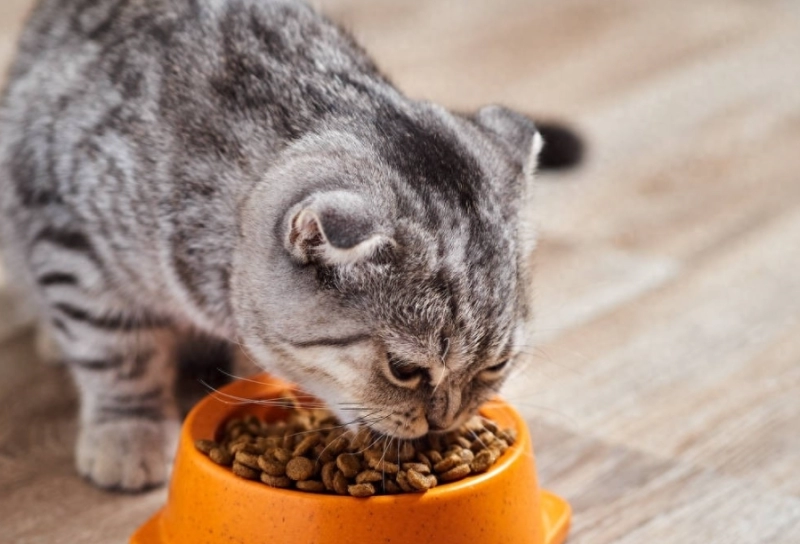
Free-feeding—leaving kibble out all day—is convenient but risky. A 2023 Journal of Feline Medicine report linked free-feeding to a 40% higher obesity rate in indoor cats. Dry food, while shelf-stable, is calorie-dense and low in moisture, tricking cats into overeating.
But don’t demonize kibble yet! If you work long hours, an automatic feeder dispensing 12–15 kibble pieces every 3–4 hours mimics natural grazing. Pair this with a morning/evening wet-food meal for hydration.
The Protein Puzzle: Wet Food, Dry Food, or Both?
Feeding frequency ties directly to what you feed. Wet food’s high moisture content (70–80%) keeps cats fuller longer, per a 2020 University of California-Davis study. Cats on wet-food diets often do well with 2–3 meals daily. Dry food, however, digests faster, potentially requiring more frequent snacks.
Case in point: My cat, Luna, gets wet food at 7 AM and 7 PM, with a midday kibble “snack” from her feeder. This hybrid approach curbs her midday begging without overloading her system.
Special Cases: Diabetic Cats, Multi-Cat Homes, and Food Puzzles

Diabetic Cats: Consistency is non-negotiable. Feed twice daily alongside insulin shots, as per the American Animal Hospital Association.
Multi-Cat Chaos: Dominant cats may hog food. Solution: Separate feeding stations with scheduled mealtimes to ensure timid cats eat their share.
Boredom Busters: Use puzzle feeders to stretch 2 meals into a day-long activity. A 2021 Frontiers in Veterinary Science paper found these tools reduce anxiety in 68% of cats.
Your Cat’s Secret Language: Decoding Hunger Cues
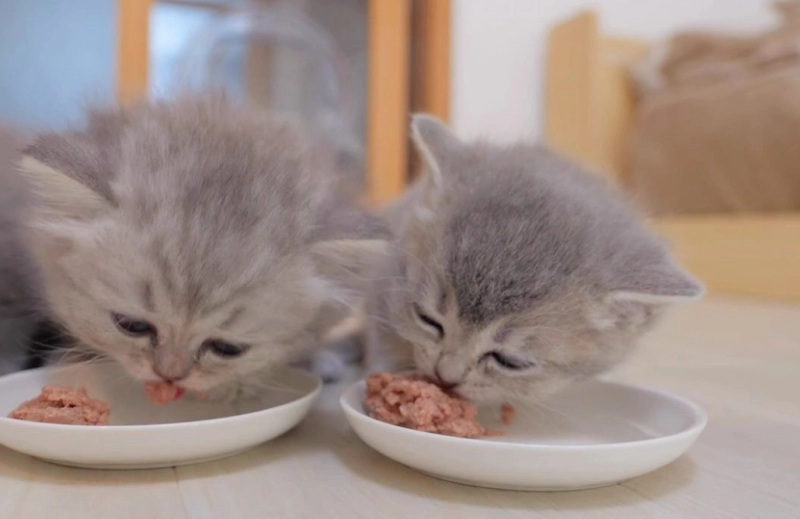
Cats don’t bark or cry—they communicate through subtlety. Watch for:
Pawing at empty bowls: A demand for routine.
Excessive grooming post-meal: Could signal dissatisfaction.
Food rejection: A red flag for dental pain or illness.
When my senior cat, Whiskers, started leaving kibble, a vet discovered a tooth abscess. Adjusting his schedule to soft-food meals every 5 hours sped his recovery.
The Final Verdict: Build Your Cat’s Custom Schedule
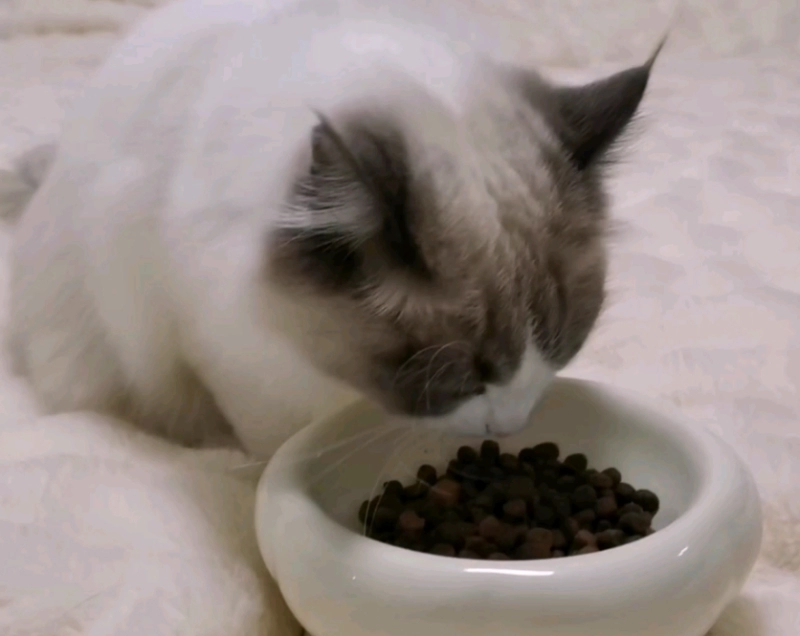
Here’s your cheat sheet:
Kittens: 4–6 meals
Adults: 2–3 meals
Seniors: 3–4 meals
But remember: Cats are individuals. Track their weight, energy, and litter-box habits. Tools like the Purina Body Condition Chart help spot trends.
A Love Letter to Cat Parents
Crafting the perfect feeding schedule isn’t about rigid rules—it’s about harmony. Your cat trusts you to honor their instincts. Start with science, tweak with love, and when in doubt, ask your vet. After all, every purr, head bump, and contented nap is a thank-you.
Now, go fill that bowl—on time.


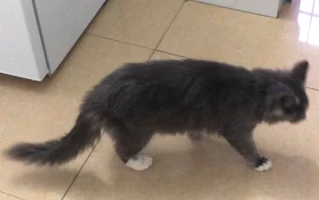
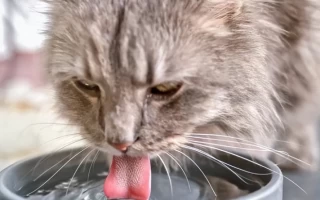
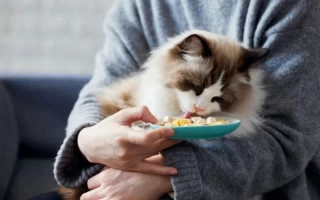
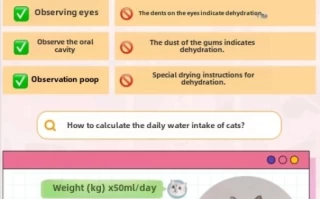
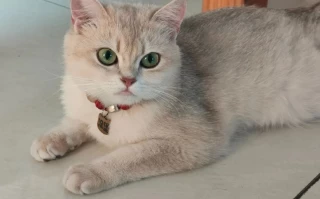
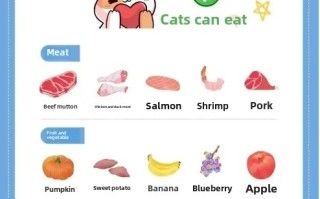
No comments yet, come on and post~